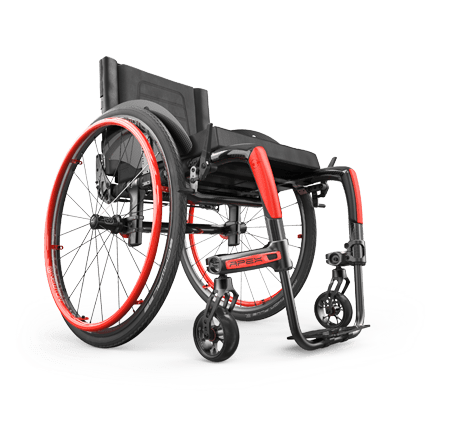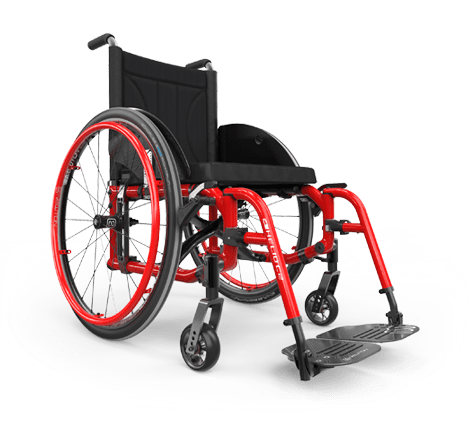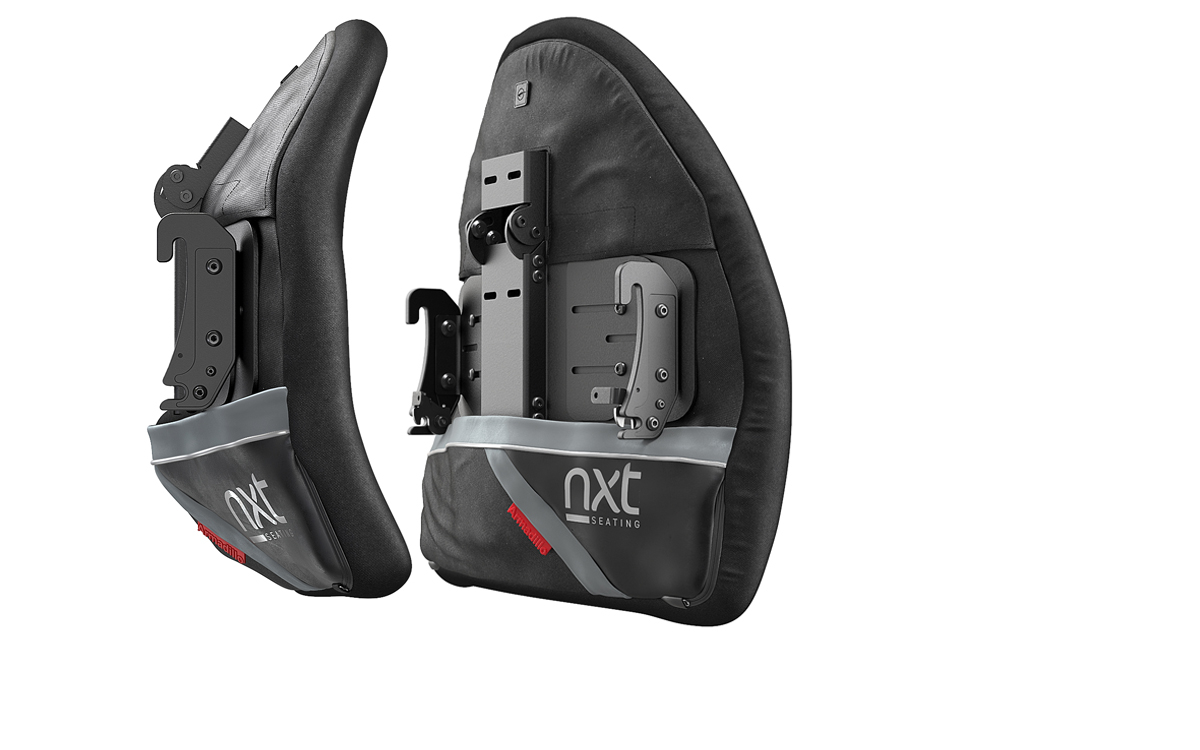Clinicians, suppliers, and clients are always searching for tools and options for seating and positioning solutions. The NXT Armadillo backrest fills a clinical void in the market that exists between a foam in place, custom molded backrest, and a single shell rigid backrest. There are three separate panels that adjust individually, with the client seated in the wheelchair. The ease of adjustability of NXT backrests with a client in the chair is another feature that sets the brand apart.
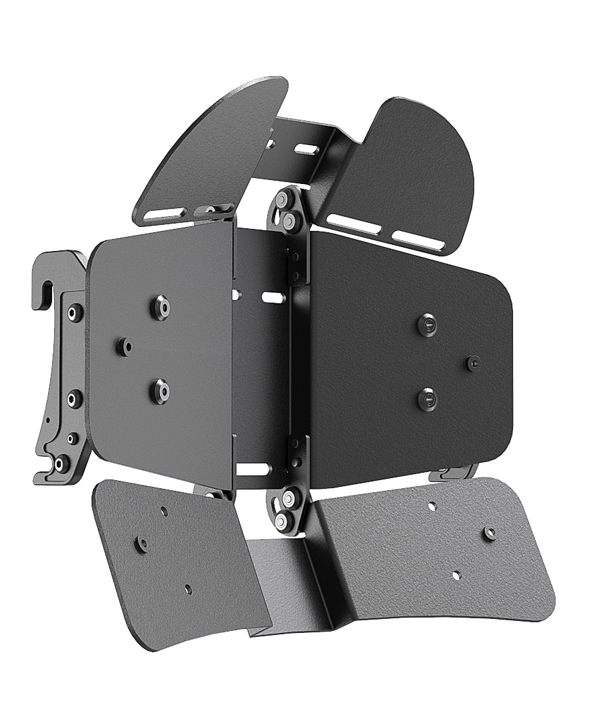
Kyphosis is an excessive outward curvature of the spine, like a hunchback, and can be a very challenging postural deviation to support in any style of wheelchair. Another challenging postural deviation is called lordosis. It is an excessive inward curve of the spine, sometimes called swayback. Both postural deviations require “outside of the box” solutions for proper support in the wheelchair.
The NXT Armadillo was the idea of a provider who saw a gap in the market of rigid backrest options to meet these complex positioning needs. Darrell Mullen, RRTS, shared that after his father had a stroke, he could never get comfortable in his wheelchair and spent most of the last two years of his life in bed. Using his background in mechanics and building that his father taught him, Darrell built the first prototype of the Armadillo. The first client tested it for 4 months in a long-term care facility, under the care of Darrell and an Occupational Therapist. The unique backrest provided the client support out of bed that he previously could not find. Darrell then brought it to market together with Dynamic Health Care Solutions and the NXT Armadillo came to life! It has continued to evolve into the versatile product it is today.
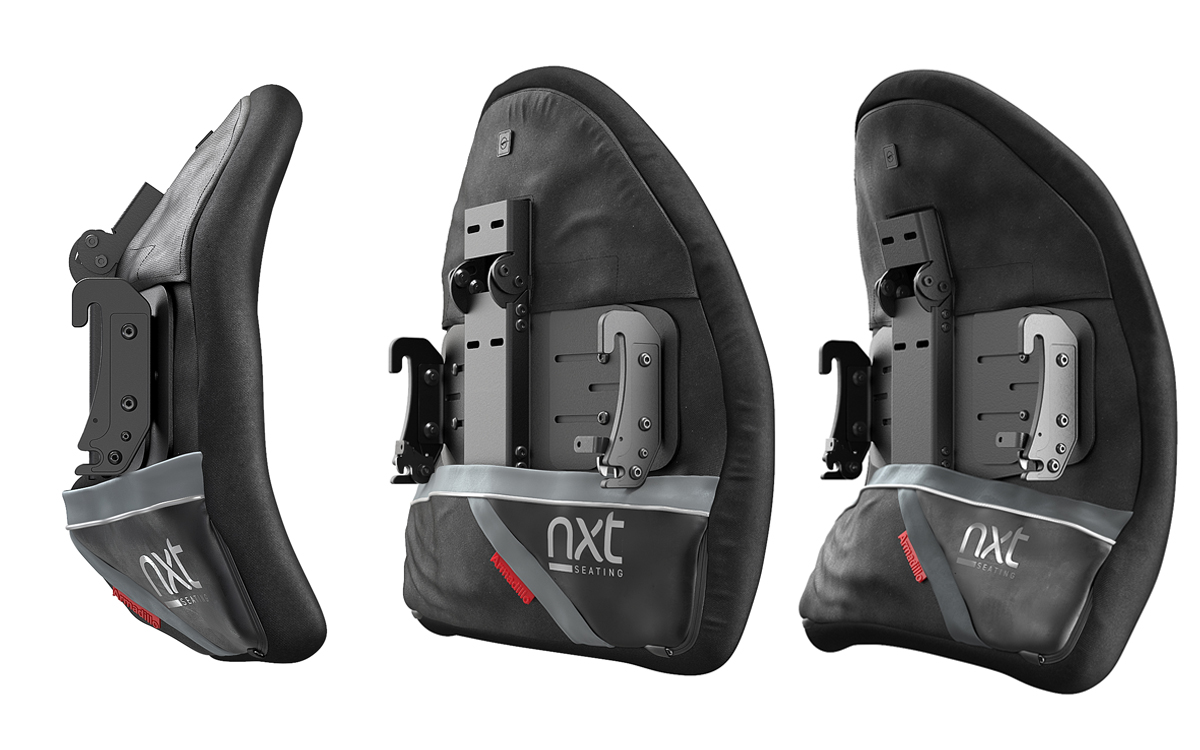
What’s the big deal about this backrest? Let me share with you what it can do that not many other off-the-shelf rigid back supports can. It provides full support and contact for kyphosis, supporting above and below the apex without pushing on the curve, along with a recessed channel providing relief for the spinous processes. The top and bottom sections can be independently positioned, even allowing the top portion to be completely removed if the client does not need the support. The most common solution allows the top section to be positioned forward to support the kyphosis, especially with the client in a tilted position. Because of its anteriorly oriented position, it can also position a headrest closer to the head without the need for an unreasonably long attachment (the ones we often see covered by tennis balls).
Did you know NXT has a great headrest solution to avoid the tennis ball look as well? Check out the link to the NXT Multi-Fit Headrest here.
Kyphosis is not the only clinical condition the NXT Armadillo can be a solution for. Increased lumbar lordosis can be accommodated by the top and bottom panels of the backrest extending back to open as needed. The lower portion can even be removed for a client with a large gluteal shelf, which will allow the panel to support the lumbar spine as necessary. Because of the flat orientation of the backrest shell and the ability to remove the lower panel, the Armadillo is a great option for a bariatric client with a weight capacity of up to 400 pounds with proper hardware.
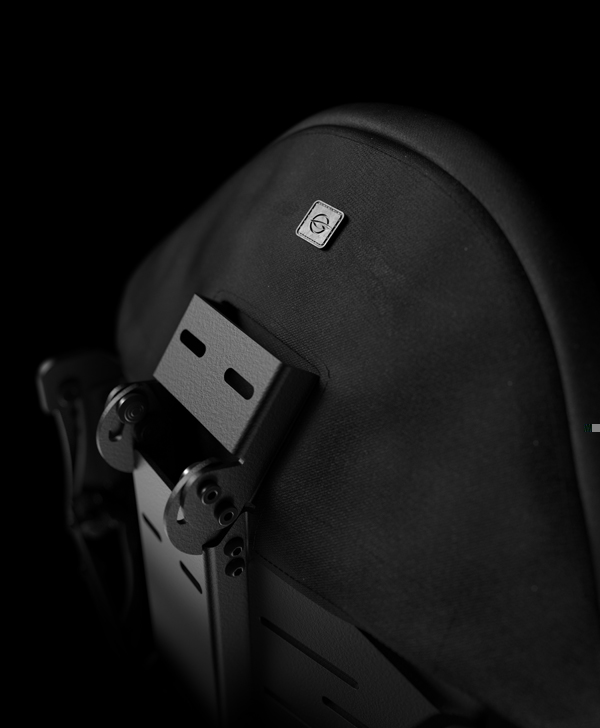
Kyphosis, lordosis, and bariatrics are just a few of the clinical reasons that the NXT Armadillo could be your next potential solution when finding proper seating for your client. Ranging in size to fit a wheelchair from 14 inches wide up to 26 inches wide and up to 400 lbs. weight capacity, it just might be a great seating option to have in your clinical toolbox. (Check out the Spec Sheet here)
Also check out other NXT backrests to see what other solutions exist for your client’s manual, tilt in space, or power wheelchair.




